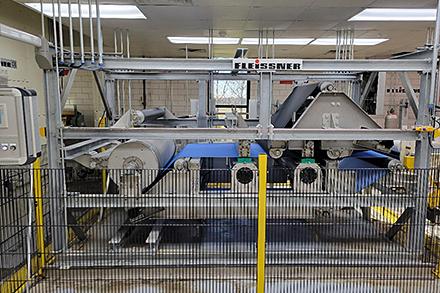Using More Cotton May Help Clean the Environment

Cotton is biodegradable, while synthetic fibers contribute to pollution
Nonwoven textiles are made from loose fibers in a high-speed process. They are mostly used for single-use disposable products such as wipes, diapers, disposable masks, bandages, and surgical gowns. A research team at the ARS Southern Regional Research Center in New Orleans, LA, is looking at ways to increase the use and utility of cotton fibers.
Cotton accounted for less than 7% of the fibers used in nonwoven products, while synthetic and other fibers comprised the rest. The problem is that synthetic fibers, like polyester and polypropylene (which are, essentially, plastics), persist in the environment for decades and contribute to pollution, especially in marine environments.
Consumers recognize this as an environmental hazard and are seeking greener, sustainable, and biodegradable products. Farmers, producers, and consumers benefit from a natural and sustainable product and the environment benefits from less plastic pollution.
Read "Improving the Sustainability and Value of Cotton’s Natural Fibers" if you want to learn more.


